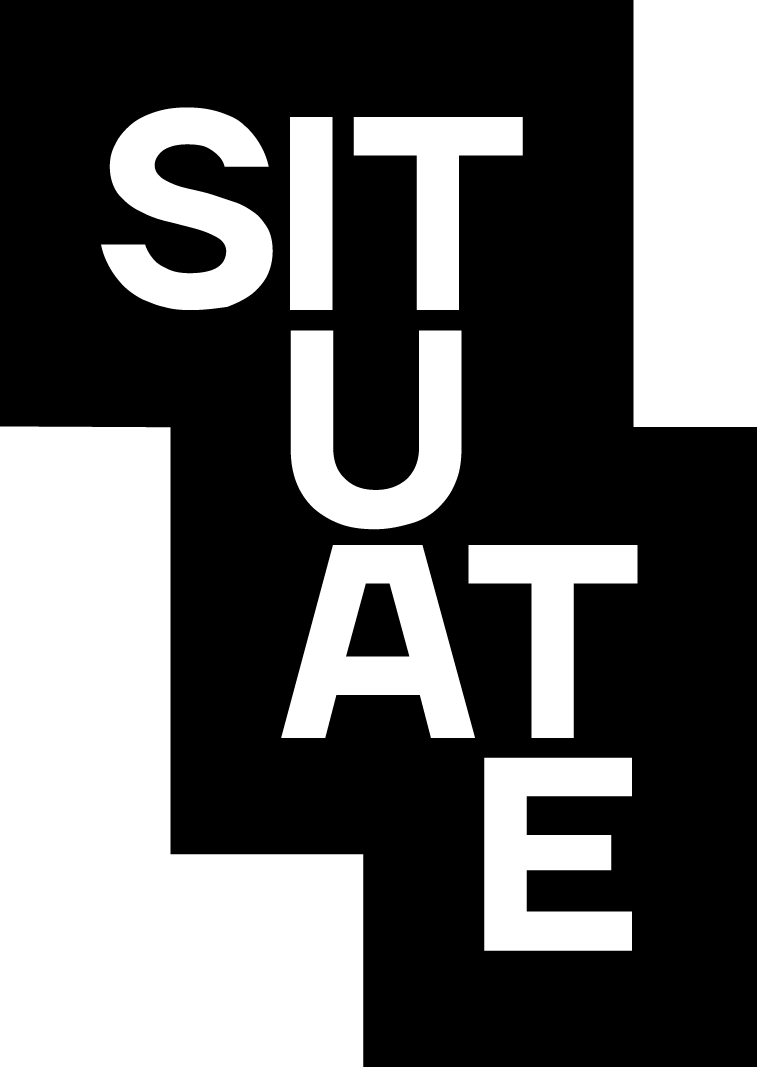Nina Sellars
"We are beyond thrilled to invite Stelarc and Nina Sellars to the 2018 Arts Lab. Stelarc and Nina are some of Australia's most brave, risk taking and inspirational artists. They bring to Situate a wealth of knowledge in both artistic innovation and festival experience" Emma Porteus, Situate Executive Producer
Nina will be attending the second week of the 2018 Arts Lab as a guest artist.
ABOUT
Nina Sellars is a visual artist who works across disciplines of art, science, and humanities. Her practice focuses on the way anatomy shapes our understanding of the body, identity, and subjectivity. Sellars’ interest in anatomy has taken her from working in art studios and wet anatomy labs to working in physics labs and medical imaging facilities – here she critically engages with the cultural implications of anatomy. Sellars’ arts practice incorporates her skills in both traditional and experimental methods of art making, and also the knowledge she gained in her previous employment as a body dissector and anatomical illustrator. In the making of her artworks, Sellars has collaborated with artists, quantum physicists, plastic surgeons, anatomists, stem cell researchers, media and cultural theorists, and historians.
Sellars’ artwork has been exhibited nationally and internationally, including most recently – 'Human+: The Future of Our Species', ArtScience museum, Singapore (2017), and 'New Romance: art and the posthuman', Museum of Contemporary Art, Sydney (2016). In 2017 she was an invited speaker at the '#postARTandSCIENCE' symposium, Wellcome Collection, London, and the 'Virtual Futures' salon, Victoria & Albert museum, London. In 2014-2015 Sellars was a Research Fellow at the Alternate Anatomies Lab, an interdisciplinary lab, led by the performance artist, Stelarc, and in 2017 Sellars was an Artist in Residence at SymbioticA, biological arts laboratory, The University of Western Australia – for the research and development of adipose tissue culture techniques for her arts project – Fat Culture (2017) – this project was assisted by funding from the Australia Council.
